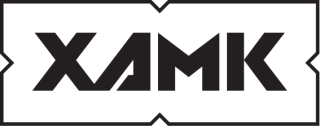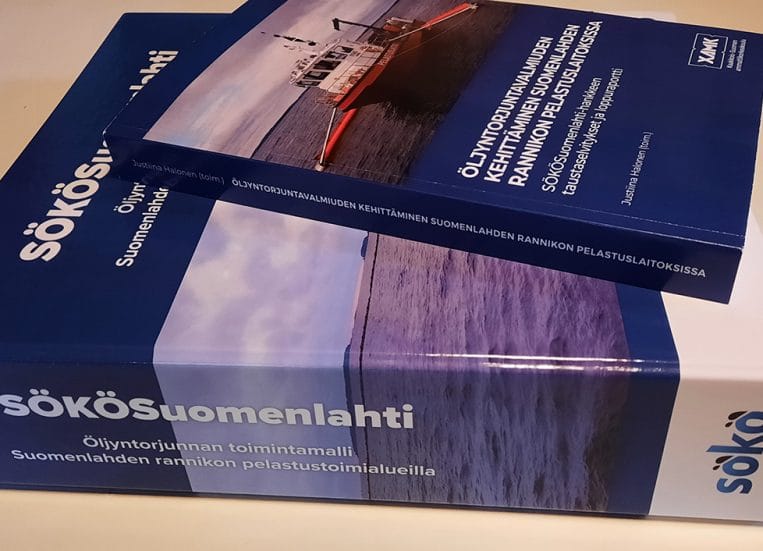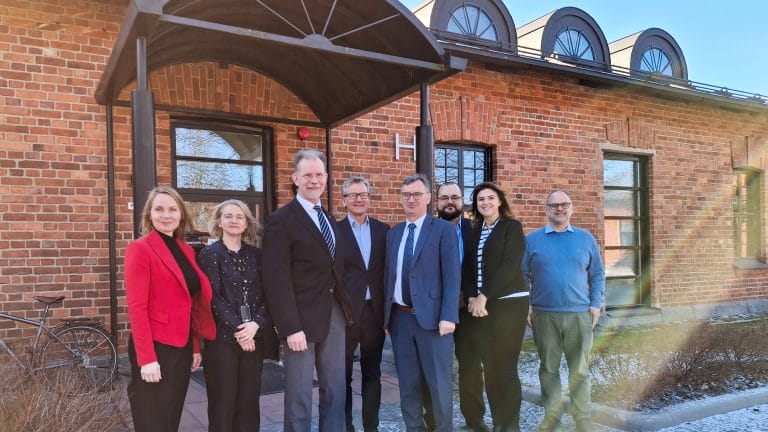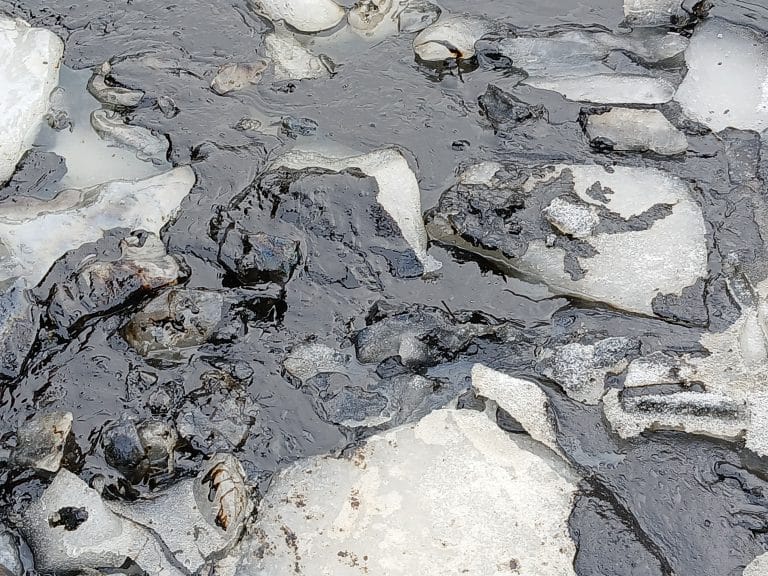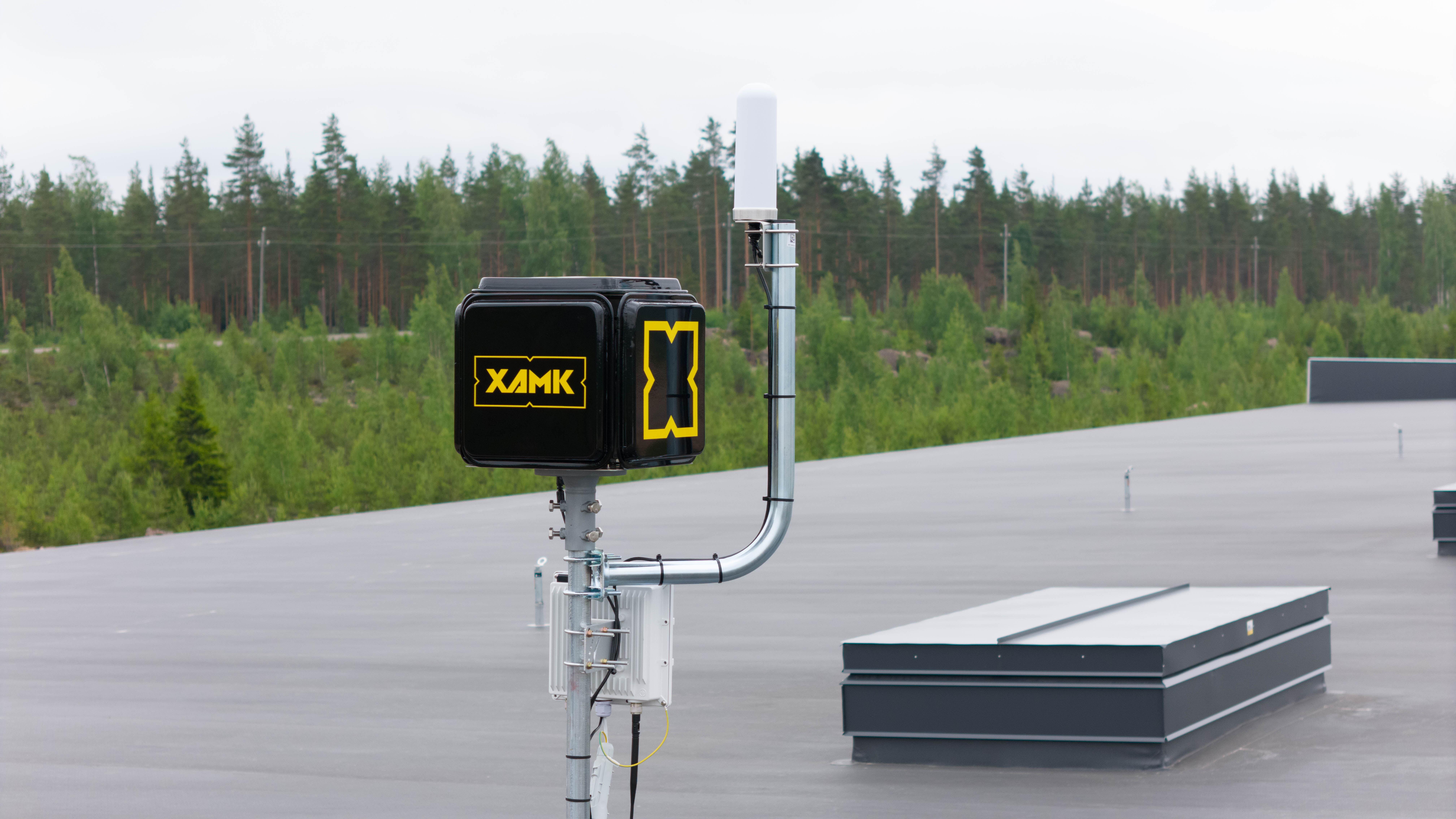SÖKÖ Manual on the ABCs of Marine Oil Spill Response
Oil spill response activities involve, for instance, restricting the spillage from spreading, protecting sensitive areas and recovering the oil. The timely targeting of these activities and the selection of the most appropriate course of action requires effective management of rescue operations and its support elements, such as communication, financial management, maintenance and logistics.
In the case of large oil spills, the activities described above may also be partly carried out by mutual administrative support, contracted operators or voluntary organisations. In order to coordinate a multi-agency and often a very complex response operation, operational guidelines have been drawn up for the various tasks of oil spill response. These guidelines have been compiled into booklets, which together form a comprehensive spill response manual.
The manual describes the operating model for responding to oil spills occurring in the area of responsibility of the Rescue Services, i.e. on the coast, in the archipelago and on the shoreline. The manual’s operational instructions are recommendations – it is up to the incident commander to decide on the procedures and methods to be used.
The drawn operational instructions manual is called SÖKÖ. Over the years, versions of the SÖKÖ model have been produced for marine oil spills, spills in inland waters, and spills in cold conditions. The latest version, completed in spring 2021, was developed for the Rescue Services along the coast of Gulf of Finland in the SÖKÖSuomenlahti project 2018–2021.
BOOKLET FOR EACH SET OF TASKS
The Gulf of Finland Oil Spill Response Manual (SÖKÖSuomenlahti-manual) consists of 23 thematic booklets. Each booklet describes a set of tasks or a temporal phase of an oil spill response operation.
At the end of each booklet, there is one or more operational procedure cards that summarise its contents. The purpose of the cards is to act as checklist-like memory aids or, for example, templates or fill-in-forms to be used at the time of the incident.
The thematic division makes it easier to assign tasks and to familiarise oneself with the subject area – absorbing a manual of over 1 000 pages in one sitting can seem like an impossible task.
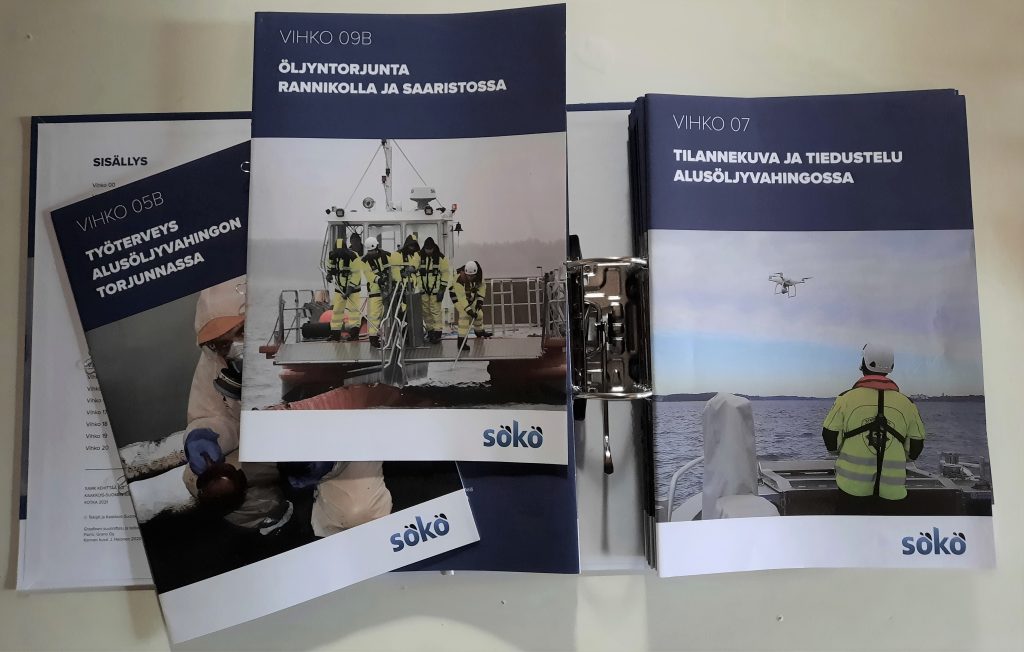
The manual is intended as a textbook for oil spill response training and education. At the end of the manual, there is a proposal for a training plan and guidelines for arranging exercises.
SPATIAL DATA SETS ALONGSIDE THE WRITTEN MANUAL
In addition to the manual, the SÖKÖ operating model includes spatial data sets to support the oil response task. The data are available to the involved authorities through the national situational awareness system as well as in the form of static maps distributed to the command centres of the Rescue Services.
Examples of the spatial dataset are the Operational Maps providing shoreline segmentation and logistics data, such as transport points and temporary storage sites for oily wastes. Another set of maps identifies sensitive environmental resources, vulnerable species and habitats.
BACKGROUND STUDIES AS RESEARCH ARTICLES IN A PROJECT PUBLICATION
SÖKÖ oil spill response manuals are the result of extensive research, that has involved dozens of experts throughout the years. The aim is that the oil spill response authorities, while being familiar with the SÖKÖ guidelines, can make decisions based on a broad knowledge base, even in a hurry during the time of an incident.
All studies carried out to compile the manual texts have been published as separate publications, in which the studies are presented in full, with references. The project publications allow for the examination of the background research if needed, as it would have been difficult to use references in the operative manuals.
However, the most important sources of reference are highlighted also in the booklets. Wherein the manual text is based on work done during the previous SÖKÖ projects, the booklets include a reference to the research publication of the specific project.
RESULT OF COOPERATION
The Gulf of Finland Oil Spill Response Manual and the project publication were developed in the SÖKÖSuomenlahti project in cooperation with the South-Eastern Finland University of Applied Sciences (Xamk), the Rescue Services of Kymenlaakso, Itä-Uusimaa, the City of Helsinki and Länsi-Uusimaa, and the ELY Centres of Uusimaa and South-Eastern Finland. The project steering group also included representatives from the Finnish Border Guard and the Finnish Environment Institute.
The Gulf of Finland project was funded by the Finnish Oil Spill Compensation Fund of the Finnish Ministry of the Environment and the abovementioned Rescue Services.
The Gulf of Finland manual (in Finnish) can be downloaded from Xamk’s website and the project publication from Theseus publication repository.
This text is a translation of an article published in Xamk READ 2/2021 online magazine on 2.6.2021 entitled “SÖKÖ-manuaalista öljyntorjunnan aapinen”
